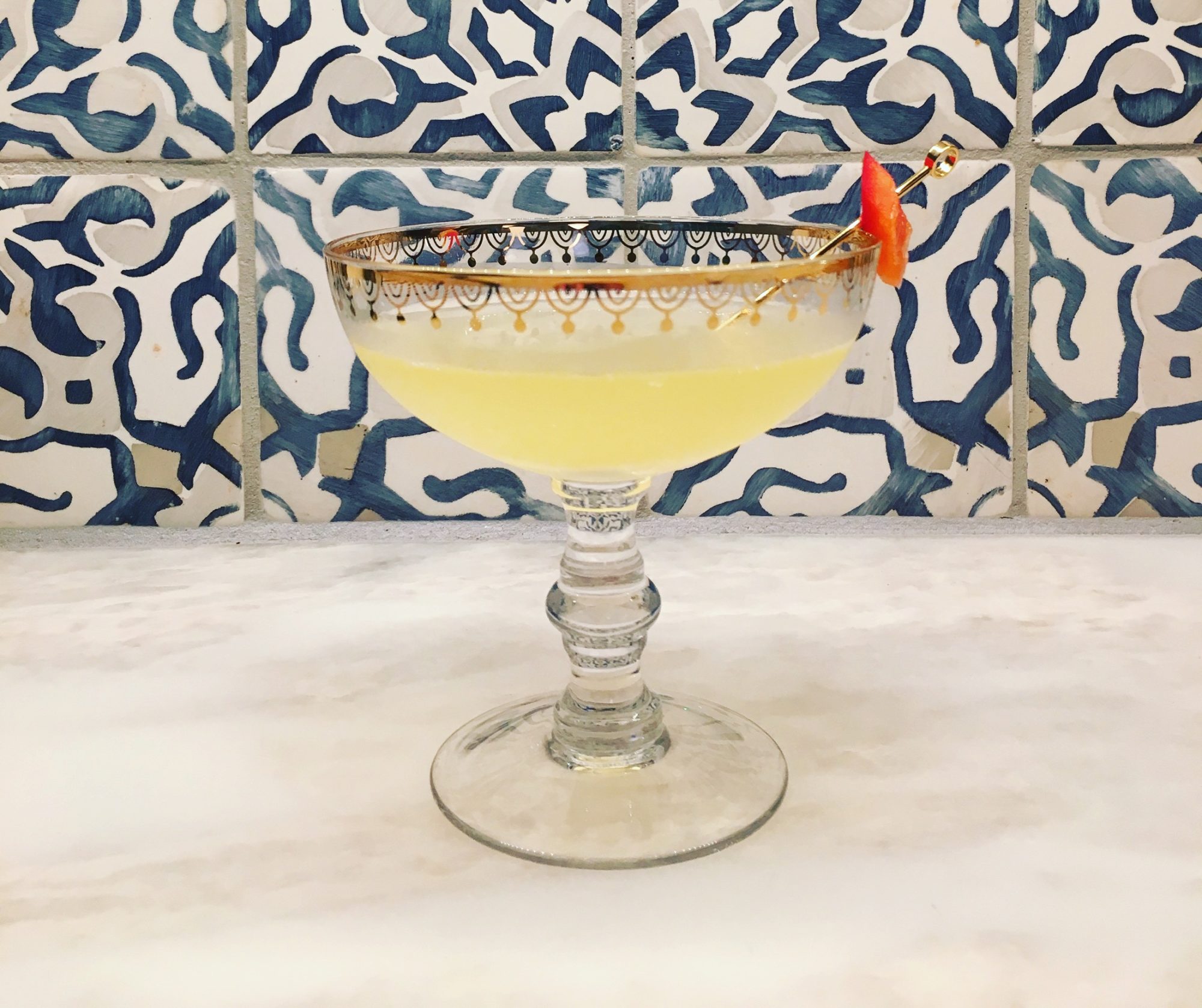As promised in my recent review of Requin’s martini service, today’s post shows you how to make a martini at home. This cocktail is a true classic, well more than a hundred years old. In fact, by 1891, the Kansas City Star could chastise the “thirsty New Yorker” for being taken with the martini on the ground that the cocktail was “not very new.” (The same article nevertheless acknowledged the versatility of the drink. It conceded that the martini was the form in which “the casual, the occasional, the weary, the enthusiastic, the going-to-bed-now, or the just-up New Yorker takes his poison.”)
Not surprisingly, a drink with such history has enjoyed multiple iterations. The typical recipe uses gin, for example, but some spies—er, drinkers, prefer vodka. Proportions also vary, anywhere from a one-to-one ratio of gin and vermouth to essentially all gin, with vermouth supplied only (if at all) by an atomizing sprayer or, as Winston Churchill preferred it, by observation “from across the room.” Garnishes, too, have varied, including lemon peel, olives, and cocktail onions. Even the method of combining the ingredients – shaking or stirring – is subject to modification.
What follows is my preferred approach. But the critical drinker may wish to take a cue from experience and tinker with the particulars. My classic martini is made with gin, dry vermouth, and orange bitters, and garnished with an olive. When done right, it looks like this:

Here’s how to do it. Put an olive or two in a martini glass or coupe. Add a barspoon of olive brine (or more if you prefer a “dirtier” drink) to the glass. In a mixing glass, combine a dash of orange bitters, 1/4 ounce of dry vermouth (I used Dolin) and 2 3/4 ounces of gin (I used Botanist). Add ice to the glass and stir. Strain into the glass with the olives.
Enjoy!
Classic Martini
Ingredients
- 2 3/4 oz. gin I used Botanist
- 1/4 oz. dry vermouth I used Dolin
- 1 dash orange bitters I used Fee Brothers
Instructions
- Place two olives and a bar-spoonful of olive juice in a martini glass.
- Combine the gin, vermouth, and orange bitters in a mixing glass with ice and stir.
- Strain into the martini glass.


